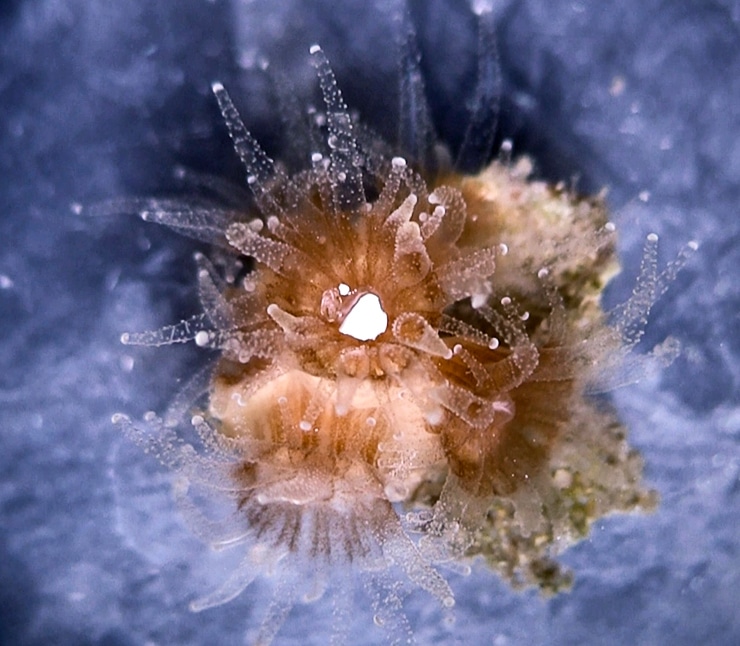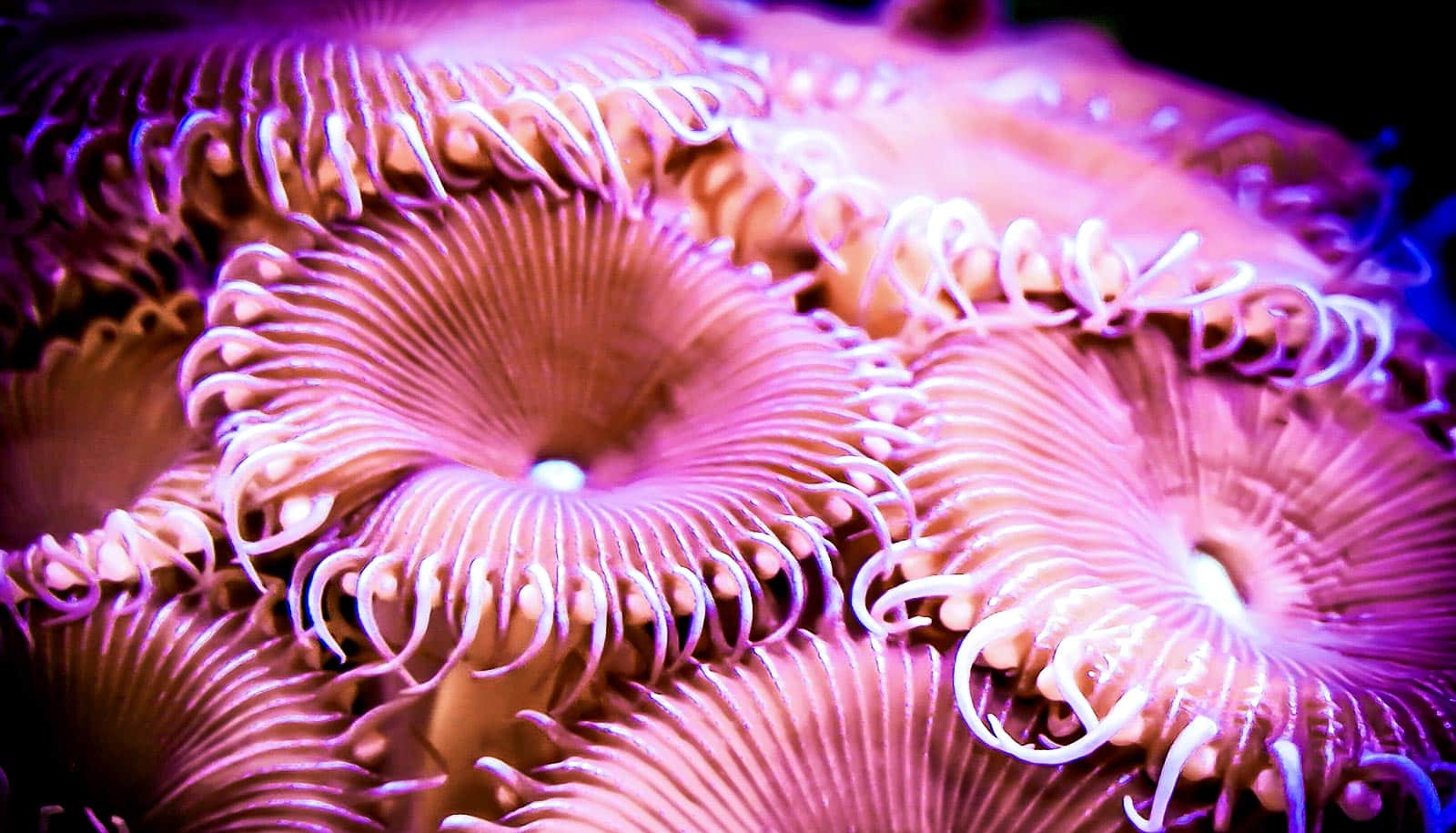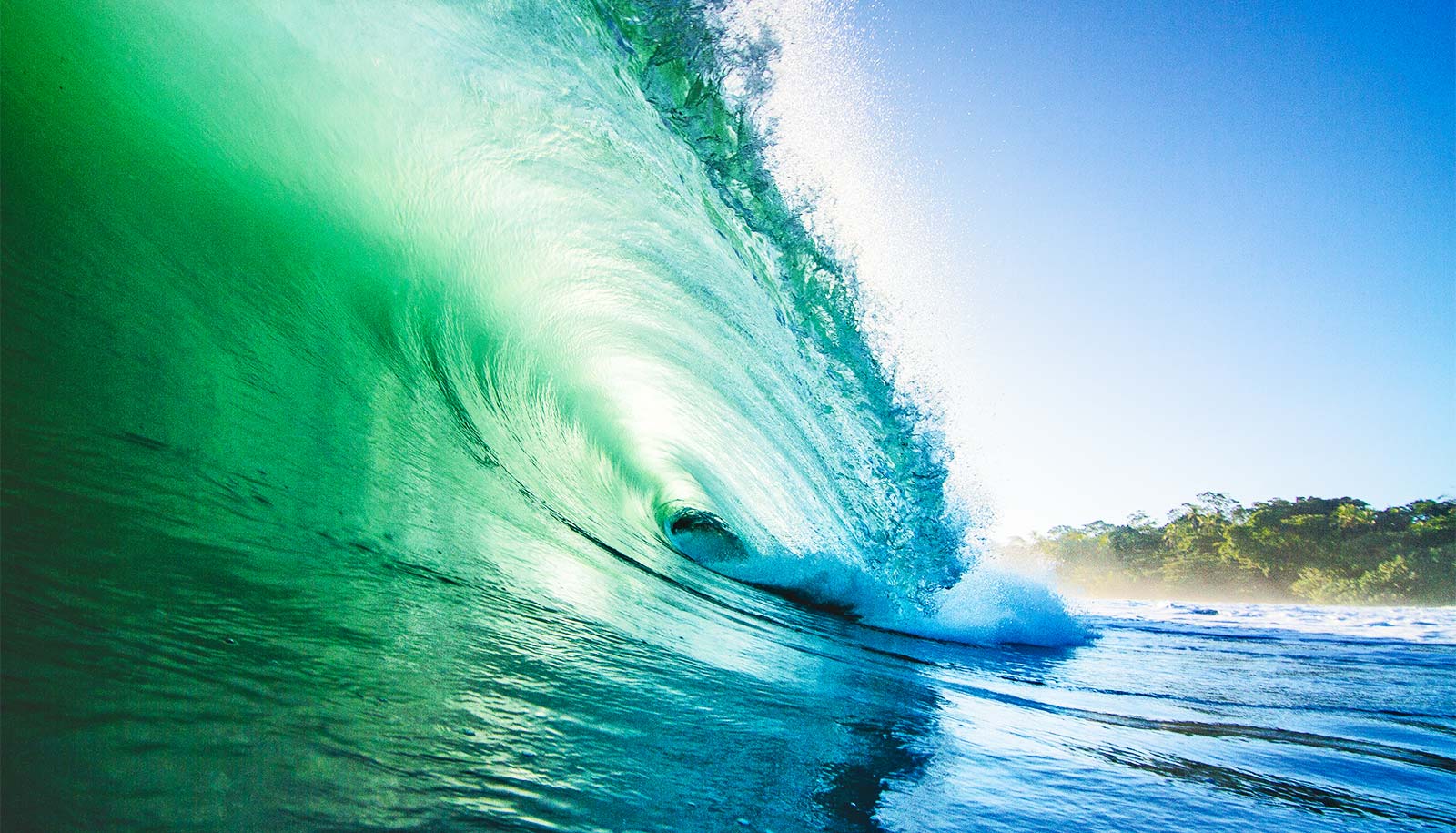Corals eat plastic because they are drawn to its taste, new research indicates.
Scientists have long known that marine animals mistakenly eat plastic debris because the tiny bits of floating plastic might look like prey, but the new study of plastic ingestion by corals suggests there may be an additional reason for the potentially harmful behavior: It just plain tastes good.
Visual cues, such as a resemblance to prey, don’t factor into the appeal, the researchers note, because corals have no eyes.

Tasty additives?
“Corals in our experiments ate all types of plastics but preferred unfouled microplastics by a threefold difference over microplastics covered in bacteria,” says Austin S. Allen, a PhD student at Duke University’s Nicholas School of the Environment. “This suggests the plastic itself contains something that makes it tasty.”
“When plastic comes from the factory, it has hundreds of chemical additives on it. Any one of these chemicals or a combination of them could be acting as a stimulant that makes plastic appealing to corals,” says Alexander C. Seymour, a geographic information systems analyst at Duke’s Marine Robotics and Remote Sensing Center, who co-led the study with Allen.
Further research will be needed to identify the specific additives that make the plastic so tasty to corals and determine if the same chemicals act as feeding stimulants to other marine species.
Microplastics, tiny pieces of weathered plastic less than 5 millimeters in diameter, began accumulating in the oceans four decades ago and are now ubiquitous in the marine environment. They pose a major threat to foraging sea animals, including many species of birds, turtles, fish, marine mammals, and invertebrates.
Because plastic is largely indigestible, it can lead to intestinal blockages, create a false sense of fullness, or reduce energy reserves in animals that consume it.
“About eight percent of the plastic that coral polyps in our study ingested was still stuck in their guts after 24 hours,” says Allen.
It can also leach hundreds of chemical compounds into their bodies and the surrounding environment. The biological effects of most of these compounds are still unknown, but some, such as phthalates, are confirmed environmental estrogens and androgens—hormones that affect sex determination.
Feeding chambers
Allen and Seymour conducted their two-part study using corals collected from waters off the North Carolina coast. In their first experiment, they offered small amounts of eight different types of microplastics to the corals to see if the animals would eat the bite-sized bits versus other similarly-sized items offered to them, such as clean sand.
“We found that the corals ate all of the plastic types we offered and mostly ignored sand,” Allen says.
How much plastic have humans made?
In the second experiment, they put groups of coral into separate feeding chambers. Each group was offered the same amount of “food”—weathered plastics—for a 30-minute period, but some groups got only particles of unfouled microplastics while others got only particles of weathered microplastics fouled with a bacterial biofilm. This experiment verified that the corals would eat both types of plastic, but preferred the clean type by a three-to-one margin.
The researchers hope their findings will encourage scientists to explore the role taste plays in determining why marine organisms ingest microplastics.
“Ultimately, the hope is that if we can manufacture plastic so it unintentionally tastes good to these animals, we might also be able to manufacture it so it intentionally tastes bad,” Seymour says. “That could significantly help reduce the threat these microplastics pose.”
Plastic junk and fibers show up in market fish
The researchers report their work in the journal Marine Pollution Bulletin.
The Oak Foundation funded the research.
Source: Duke University



